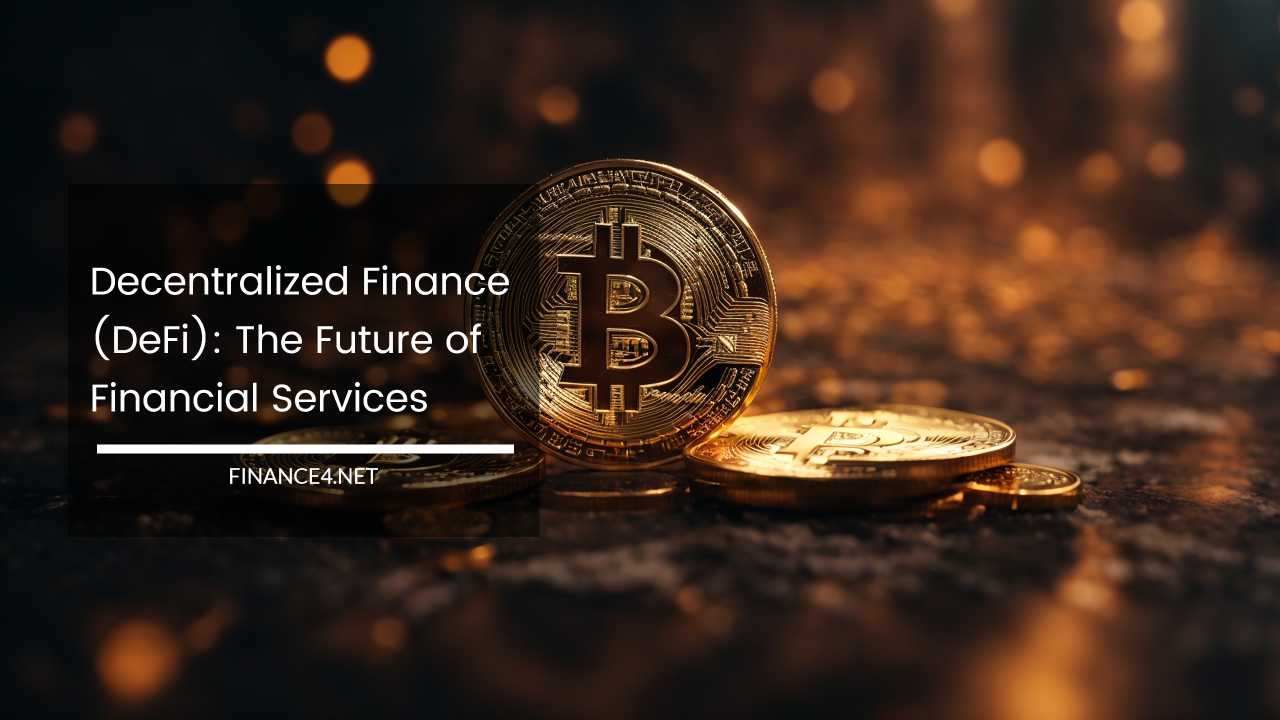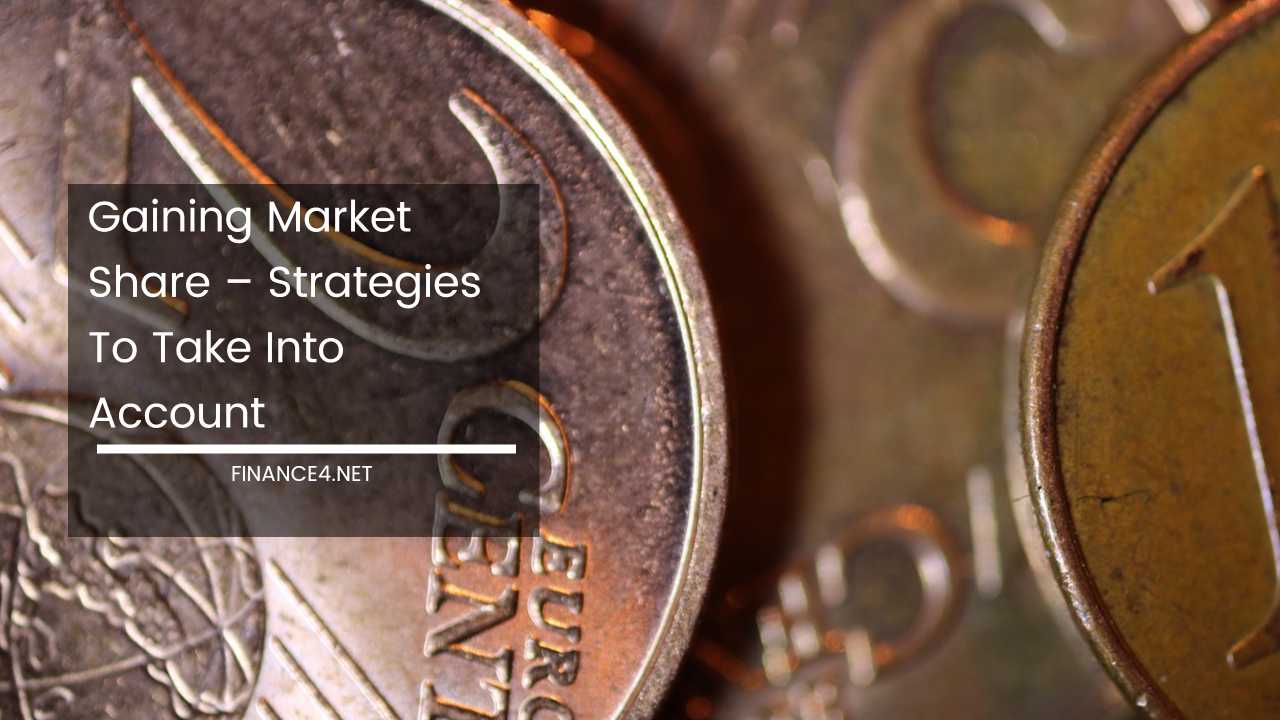Decentralized Finance (DeFi): The Future of Financial Services

Decentralized Finance (DeFi)
In recent years, a revolutionary transformation has been brewing in the world of finance. Traditional financial systems, characterized by centralization and intermediaries, are facing disruption from a rising force known as Decentralized Finance (DeFi).
DeFi represents a paradigm shift that has the potential to reshape the entire financial industry. In this article, we will explore what DeFi is, its key components, advantages, challenges, and its promising future.
Understanding DeFi
Decentralized Finance, often referred to as DeFi, is a concept that leverages blockchain technology to create an open, permissionless, and trustless financial ecosystem.
At its core, DeFi aims to replace traditional financial intermediaries such as banks, brokers, and insurance companies with smart contracts and decentralized applications (dApps).
These applications run on blockchain platforms like Ethereum, Binance Smart Chain, and others, enabling users to access a wide range of financial services without relying on centralized entities.
Key Components of DeFi
- Smart Contracts: Smart contracts are self-executing agreements with the terms of the contract directly written into code. These contracts automate processes and execute transactions when predetermined conditions are met. They form the backbone of DeFi applications, enabling trustless interactions.
- Decentralized Exchanges (DEXs): DEXs allow users to trade cryptocurrencies directly with each other without relying on intermediaries. Examples include Uniswap, SushiSwap, and PancakeSwap. These platforms provide liquidity, enabling users to swap, trade, or provide liquidity to earn interest.
- Lending and Borrowing Platforms: DeFi platforms like Aave and Compound enable users to lend their cryptocurrencies and earn interest, or borrow assets by providing collateral. This opens up lending and borrowing opportunities for individuals and entities worldwide.
- Stablecoins: Stablecoins are cryptocurrencies designed to maintain a stable value, often pegged to a traditional currency like the US dollar. Popular stablecoins like USDT, USDC, and DAI are used as a means of exchange and a store of value within DeFi.
- Decentralized Oracles: Oracles provide external data to smart contracts, ensuring they have access to real-world information. Chainlink is a prominent example, bridging the gap between blockchain and off-chain data.
- Asset Management: DeFi protocols like Yearn.finance and Curve.fi offer automated asset management services, optimizing returns for users by allocating funds to the best-performing opportunities.
- Insurance: Projects like Nexus Mutual and Cover Protocol provide decentralized insurance solutions, allowing users to protect their assets against smart contract vulnerabilities and other risks.
Advantages of DeFi
- Accessibility: DeFi is open to anyone with an internet connection, providing financial services to the unbanked and underbanked populations worldwide.
- Transparency: All transactions and contracts on DeFi platforms are recorded on the blockchain, providing unparalleled transparency and reducing the risk of fraud.
- Lower Costs: DeFi eliminates intermediaries, reducing fees associated with traditional financial services like banking and asset management.
- Innovation: The DeFi space is highly innovative, with new projects and concepts emerging regularly. This fosters competition and drives constant improvement.
- Global Reach: DeFi is borderless, allowing users to access financial services from anywhere in the world without needing to rely on the local financial infrastructure.
- Financial Inclusion: DeFi has the potential to bridge the gap between the financially excluded and the global financial system, offering opportunities to those previously underserved.
Challenges and Risks
While DeFi holds immense promise, it is not without its challenges and risks:
- Smart Contract Vulnerabilities: Bugs or vulnerabilities in smart contracts can lead to significant financial losses. Auditing and security measures are essential but not foolproof.
- Regulatory Uncertainty: DeFi operates in a regulatory gray area in many jurisdictions, leading to uncertainty about legal compliance.
- Market Volatility: Cryptocurrencies are known for their price volatility, which can impact the stability of DeFi protocols and users’ assets.
- Liquidity Risks: Low liquidity in certain DeFi markets can lead to issues like slippage and high trading fees.
- Scams and Hacks: DeFi has been a hotbed for scams and hacks, with bad actors taking advantage of vulnerabilities and exploiting users.
The Future of DeFi
As DeFi continues to evolve, it is poised to play an increasingly prominent role in the global financial landscape. Here are some trends and developments that could shape the future of DeFi:
1. Integration with Traditional Finance
DeFi has the potential to merge with traditional finance as institutional interest grows. We could see traditional financial institutions incorporating DeFi protocols and blockchain technology into their operations to reduce costs and improve efficiency.
2. Improved User Experience
User interfaces and experiences in DeFi are rapidly improving, making it more accessible to non-technical users. User-friendly apps and platforms are likely to become the norm, driving adoption.
3. Enhanced Security
DeFi projects are investing heavily in security measures, including auditing, bug bounties, and insurance. As security improves, the risks associated with DeFi should decrease.
4. Cross-Chain Compatibility
Interoperability between different blockchain networks will enable DeFi assets to move seamlessly across various blockchains, enhancing liquidity and accessibility.
5. Regulatory Clarity
Regulators worldwide are beginning to address DeFi’s regulatory challenges. Clearer regulatory guidelines could lead to greater institutional involvement and legitimacy for the industry.
6. Decentralized Identity
Decentralized identity solutions could enhance security and privacy within DeFi, allowing users to control their personal information while accessing financial services.
7. Scaling Solutions
Scalability remains a challenge for many blockchain networks. Solutions like Layer 2 scaling and alternative consensus mechanisms could make DeFi more efficient and cost-effective.
Final Thoughts
Decentralized Finance (DeFi) is not merely a passing trend; it represents a fundamental shift in the financial industry. With its promise of accessibility, transparency, and cost-efficiency, DeFi has the potential to democratize finance and bring financial services to the global population.
However, it is crucial to approach DeFi with caution, as risks and challenges persist. As the DeFi ecosystem continues to mature, addressing these issues will be paramount to ensure its sustained growth and success.
The future of financial services is undeniably intertwined with DeFi, and its evolution will likely shape how we save, invest, and transact in the coming years. As the industry navigates these uncharted waters, one thing is certain: Decentralized Finance is here to stay, and its impact on the world of finance will be profound and enduring.



